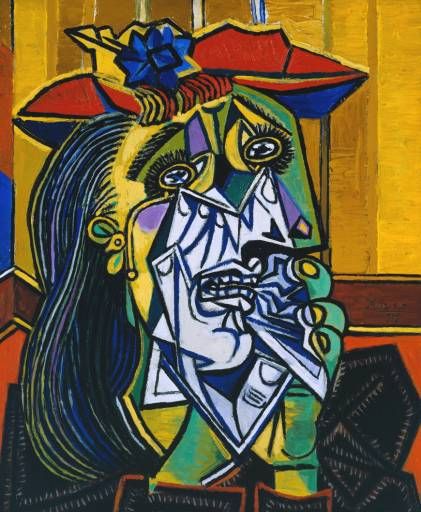Migraine as Inspiration in Painting
Did Pablo Picasso suffer from migraine? And did these episodes influence his artwork? Not likely, said Joost Haan, MD, PhD, a member of the department of neurology at Leiden University Medical Centre, Leiden, the Netherlands. He discussed migraine and the works of master painters at the 14th annual International Headache Congress in Philadelphia.
Did Pablo Picasso suffer from migraine? And did these episodes influence his artwork? Not likely, said Joost Haan, MD, PhD, a member of the department of neurology at Leiden University Medical Centre, Leiden, the Netherlands. He discussed migraine and the works of master painters at the 14th annual International Headache Congress in Philadelphia.1

In 2000, Haan had authored an article suggesting that Picasso may have experienced “illusory splitting as a part of bizarre visual migraine auras,” which may have influenced his work-specifically paintings such as The Weeping Woman (Figure 1), in which there is a “vertical splitting and shift of the eyes.”2 However, after reviewing the literature on Picasso and noting a lack of reports of headache, Haan has concluded that it is most likely that Picasso did not suffer from migraine.
Others have suggested that a number of artists may have drawn their inspiration from migraine.3 “I do not believe that migraine was an inspiration for Picasso, Hildegard, or de Chirico,” he said. In biographies and personal communications from these artists, no specific symptoms pointing to migraine have been discussed.

However, the works of other artists, such as contemporary painter Sarah Raphael, have helped physicians experience illness through the eyes of migraineurs (Figure 2). “The visual aura of migraine is a subjective phenomenon-what the migraineur experiences is necessarily inaccessible to others,” Haan said. “By drawing, migraineurs can show us what they see and what they feel. Painting is useful in understanding and diagnosing migraine.”
References:
References
1. Haan J. Migraine and painting. Presented at: the International Headache Congress; September 12, 2009; Philadelphia.
2. Ferrari MD, Haan J. Migraine aura, illusory vertical splitting, and Picasso. Cephalalgia. 2000;20:686.
3. Blanke O, Landis T. The metaphysical art of Giorgio de Chirico. Migraine or epilepsy? Eur Neurol. 2003;50:191-194.